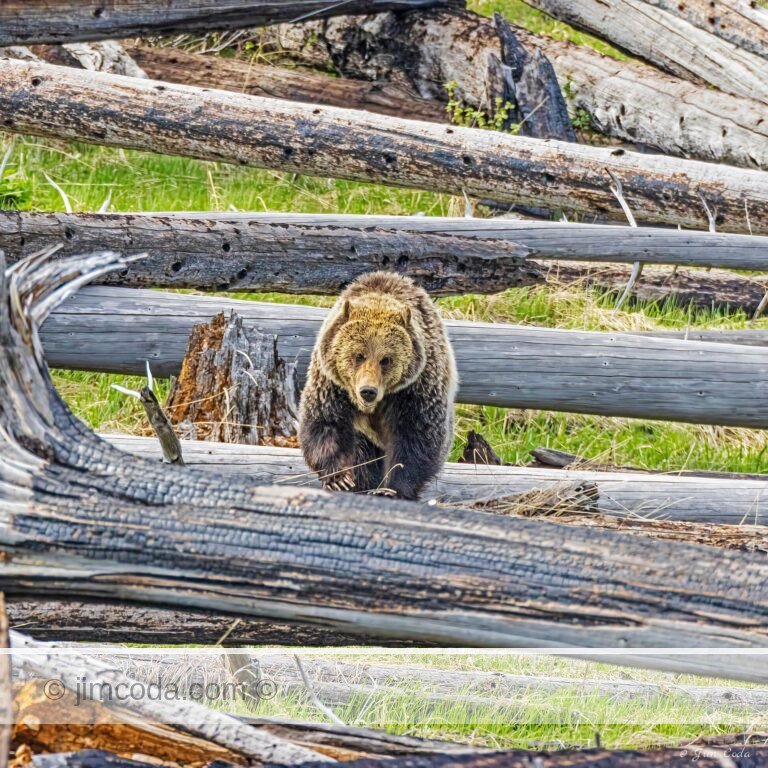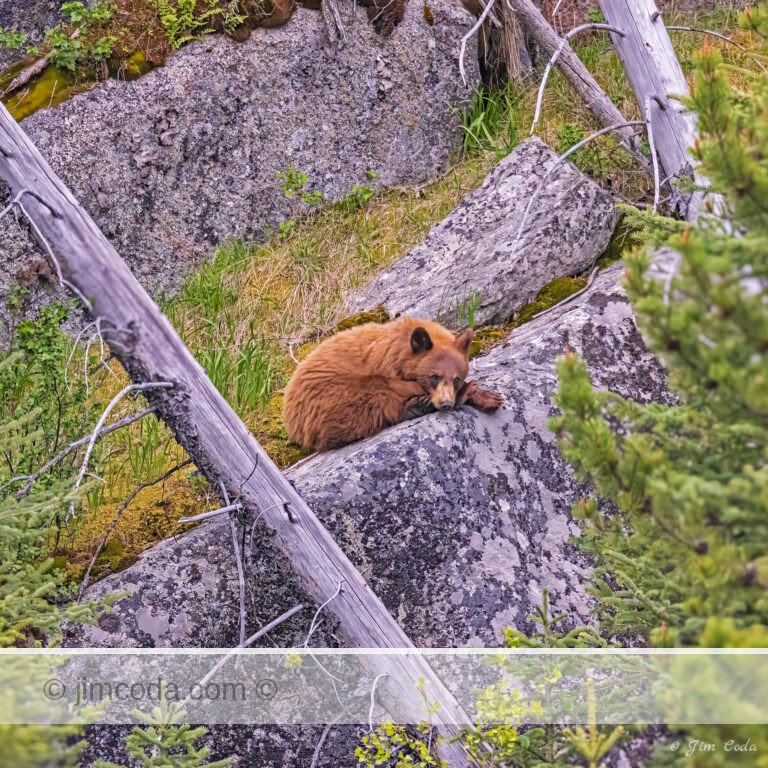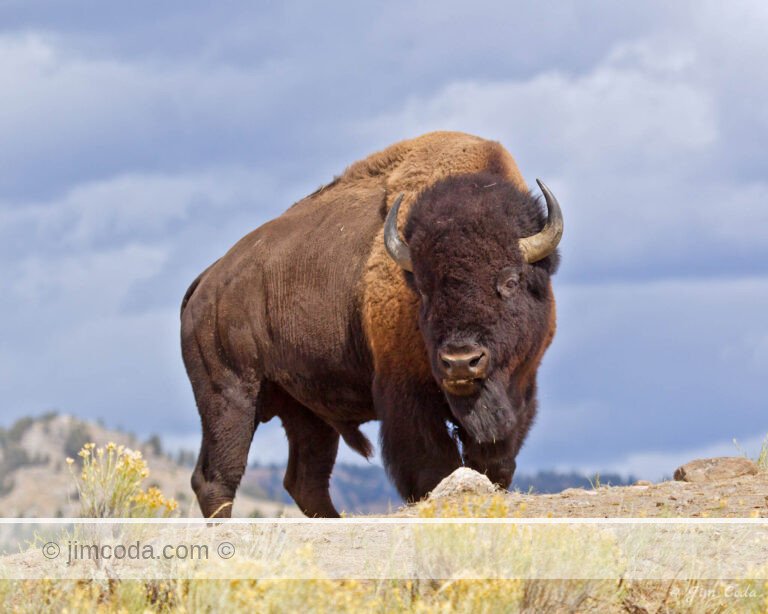Tag: elk
Photo showing amount of grassy area in elk reserve at Point Reyes National Seashore.
Point Reyes National...
A Point Reyes National Seashore (PRNS) Bull Tule elk with Barbed Wire Caught in His Antlers
Skeleton...
https://www.facebook.com/jim.coda.3/videos/3743297579015421/
I was at Point Reyes National Seashore last...
Cattle trails on hillsides in the Seashore cause severe erosion and manure pollution of the adjacent...
An elk calf looks at the camera.
My favorite time of year to be in Yellowstone is now. To be more specific,...
Newborn Elk Calf along the Madison River
I apologize to those who have followed my blog for not having...
It’s Fawn Time!
Now is a great time to be at Point Reyes. There are lots of elk calves to see...
No articles found
Prints for sale
Browse my selection of photos for sale as fine art prints
Filter by category
Sorry, no prints in this category









